Millions of devices and new services demand more speed and smarter networks. Augmented reality and virtual reality need fast links without delays. Self-driving cars call for instant updates. Today, 5G meets many needs, but it cannot carry all future traffic. 6G will use terahertz waves and deeply built-in AI to lift wireless to new heights.
What Terahertz Communication Means for 6G
Terahertz waves sit between microwaves and infrared waves. They span trillions of cycles per second. This offers huge space for data streams. Early tests in labs have shown speeds of hundreds of gigabits per second over short distances. Researchers aim for one terabit per second in real use. That speed will let a full movie flow in a blink.
Terahertz waves fade fast in air and must travel straight lines. Engineers work on tiny antennas and smart surfaces to bounce these waves around corners. They also design cool new chips that stay cool at high frequencies. These steps pave the way to far more data in every link.

Role of AI Native Systems in 6G Core
6G will run on core networks smart enough to learn and heal themselves. AI native systems will watch traffic flows and fix faults as they appear. When too many users crowd one beam, the network will split lanes without waiting for a human. If a device moves from home to the car, the system will hand off links without a skip.
These brain-like cores will match spectrum slices to each task. A game can get a tiny slice, so it never lags. A hologram call can get a wider slice, so it stays clear. All of this will happen as you move and talk, and play.
Real Applications of Terahertz and AI Native
Smart Cities And Connected Cars
City sensors will share live video and air data in real time. Traffic lights will shift to green when ambulances approach. Buses will upload arrival times to every app in town.
Self-driving cars will send high-definition maps and radar scans to each other near instantly. They will navigate crowded downtown roads as a group. If one car spots trouble, it will warn all the others faster than a human can shout.
What’s Next
Scientists expect the first real 6G tests by the end of this decade. Standards groups will set global rules for terahertz use so that many firms can build gear that just works. Governments will decide how to share spectrum fairly and safely.

New materials and designs for antennas and chips will shrink terahertz parts to fit in phones and headsets. AI native cores will move from labs into major networks, so your apps stay smooth and fast.
Terahertz and AI native cores will not be small updates. They will form the spine of an ultra-fast network that can learn on its own. This network will carry next-generation apps from holo calls to smart vehicles without a hiccup. As labs move into trials and trials into real service, the dawn of 6G draws near.





